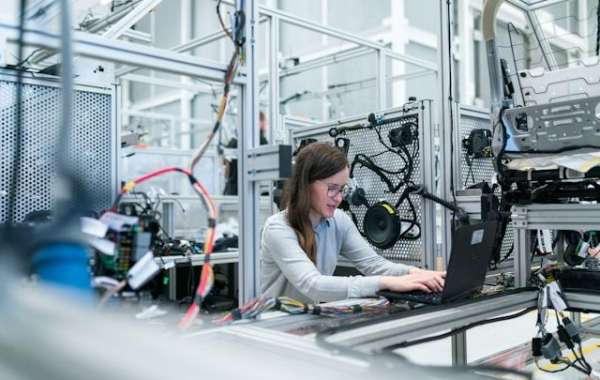In the rapidly evolving landscape of neuroscience, Neuromatch stands as a beacon for open science and inclusivity. Neuromatch’s mission to democratize access to cutting-edge neuroscience tools and resources has garnered widespread attention. One area where this mission converges with groundbreaking technology is in the development and application of EEG software. This collaboration is not only advancing research but also transforming how neuroscience is practiced globally.
Understanding Neuromatch’s Mission for Open Science
Neuromatch is dedicated to fostering a global community where neuroscience research is accessible, inclusive, and transparent. At its core, Neuromatch emphasizes open science—a movement that prioritizes sharing knowledge, data, and resources freely. This ethos is particularly crucial in neuroscience, where complex data and proprietary tools often create barriers for researchers, especially those in under-resourced regions.
By promoting education through platforms like Neuromatch Academy and offering open-source tools, Neuromatch ensures that the next generation of neuroscientists has the skills and resources to thrive. But the role of EEG software in this mission takes accessibility to another level.
EEG Software: A Game-Changer in Neuroscience
Electroencephalography (EEG) is a non-invasive method to record electrical activity in the brain. Its affordability and portability make it ideal for research across diverse settings, from state-of-the-art labs to community clinics. However, working with EEG data requires specialized software—tools that can process, analyze, and visualize complex signals.
This is where EEG software intersects with Neuromatch’s goals. By championing open-source EEG software, Neuromatch supports researchers worldwide, empowering them to delve into neuroscience without the financial and technical hurdles posed by proprietary systems.
The Role of EEG Software in Neuromatch's Ecosystem
Accessibility and Inclusivity
Open-source EEG software removes cost barriers, allowing researchers from all socioeconomic backgrounds to access state-of-the-art tools. Neuromatch collaborates with developers to ensure these tools are user-friendly and well-documented, making them accessible even to those new to EEG research.Education and Skill Development
Neuromatch integrates EEG software into its educational programs, such as Neuromatch Academy. These programs teach participants how to use EEG tools for data analysis, fostering a hands-on learning environment that bridges the gap between theory and practice.Collaboration and Innovation
Open-source EEG software enables collaboration by allowing researchers to share data and analyses seamlessly. Neuromatch’s emphasis on community-driven research encourages participants to adapt and improve EEG tools, creating a cycle of continuous innovation.Scalability for Global Research
EEG’s portability aligns with Neuromatch’s vision of expanding neuroscience research globally. From studying neural dynamics in remote villages to urban centers, open EEG software ensures that data analysis is consistent and scalable, irrespective of location.
Real-World Applications: EEG Software Empowering Open Science
Neuromatch’s efforts have already yielded tangible results. Researchers leveraging open-source EEG software have made strides in areas such as cognitive neuroscience, brain-computer interfaces, and clinical diagnostics. By standardizing data formats and analysis pipelines, these tools facilitate reproducibility—a cornerstone of open science.
For example, software platforms like MNE-Python and EEGLAB have gained traction within the Neuromatch community. These platforms allow researchers to preprocess and analyze EEG data efficiently, ensuring that scientific insights are accessible and replicable.
Challenges and Future Directions
While EEG software has made neuroscience more inclusive, challenges remain. For instance, training researchers in advanced EEG methods requires substantial effort, especially in regions with limited access to technology. Neuromatch continues to address these challenges by expanding its educational initiatives and fostering partnerships with software developers.
Looking ahead, integrating EEG software with other open-source tools and datasets will be key. Neuromatch’s focus on interoperability will likely lead to more comprehensive frameworks that streamline neuroscience research.
Conclusion
EEG software is more than just a tool for analyzing brain data—it is a catalyst for Neuromatch’s mission of open science. By breaking down barriers to entry, fostering collaboration, and emphasizing education, Neuromatch is redefining the landscape of neuroscience research. As EEG technology and software continue to evolve, their role in advancing open science will only grow, ensuring that the frontiers of neuroscience remain accessible to all.
By embracing the synergy between Neuromatch and EEG software, the global neuroscience community moves closer to a future where knowledge is not confined by borders, budgets, or barriers. This is the essence of open science—a mission Neuromatch is leading with innovation and inclusivity.







